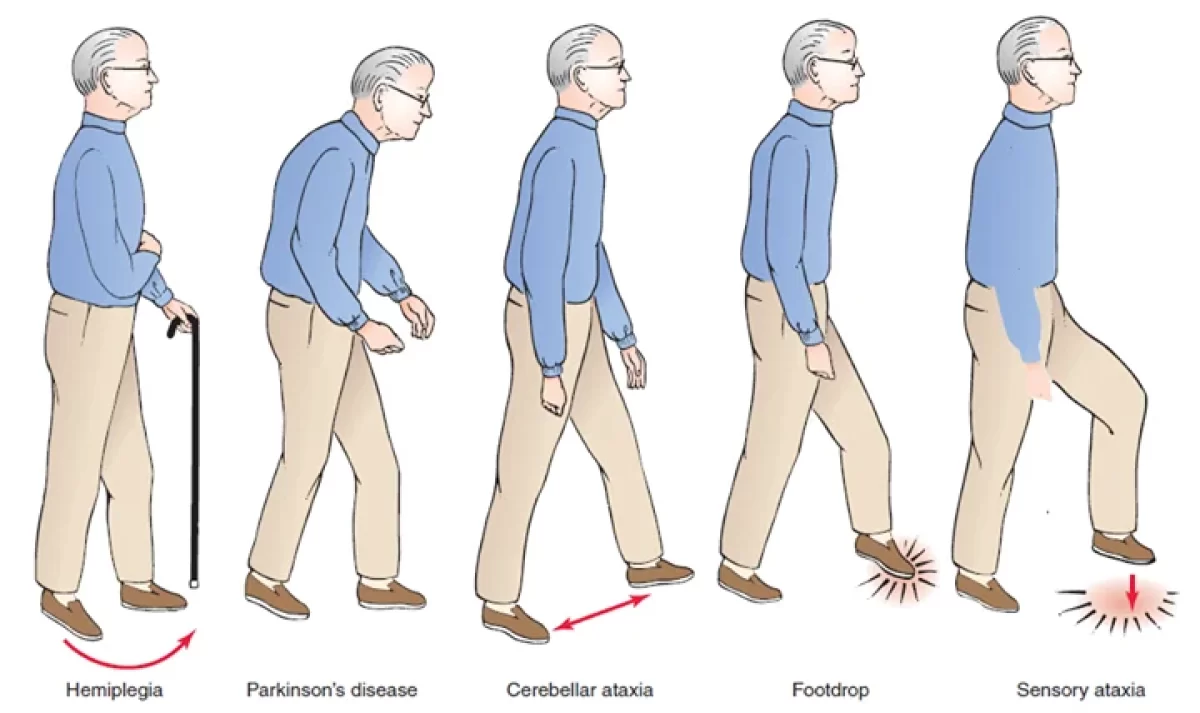Fundamental movements like walking and standing are typically automatic and require minimal cognitive effort until an injury occurs. Protective responses often lead to compensatory movements, which can persist even after the injury has healed if left untreated. We provide a thorough biomechanical analysis of both static and dynamic movements as well as a safe environment for improvement.

Rehabilitation is an active process that involves modifying pain-aggravating behaviors and addressing tight and weak areas through exercise. Recognizing the significance of exercise and integrating it into your daily routine are essential for achieving success.
Hands-on assessment and treatment of how muscles and bones interact to produce joint movement. Following injury, factors like swelling, guarding, and scar tissue formation can impact the range and strength of movement. Manual therapy techniques are utilized to optimize joint movement, laying the groundwork for subsequent exercises aimed at strengthening the affected area.
Neurofunctional acupuncture, also referred to as Contemporary Medical Acupuncture, is an advanced 300-hour continuing education program available at McMaster University. This precise technique involves stimulating peripheral nerves with fine acupuncture needles inserted into specific anatomical sites to modulate abnormal nervous system activity, alleviating pain and muscle guarding. Beyond its local effects, this approach can also influence systemic functions such as the endocrine, exocrine, and immune systems. Considered an extension of our hands, this method enables us to reach deep structures within the body, enhancing its therapeutic potential.